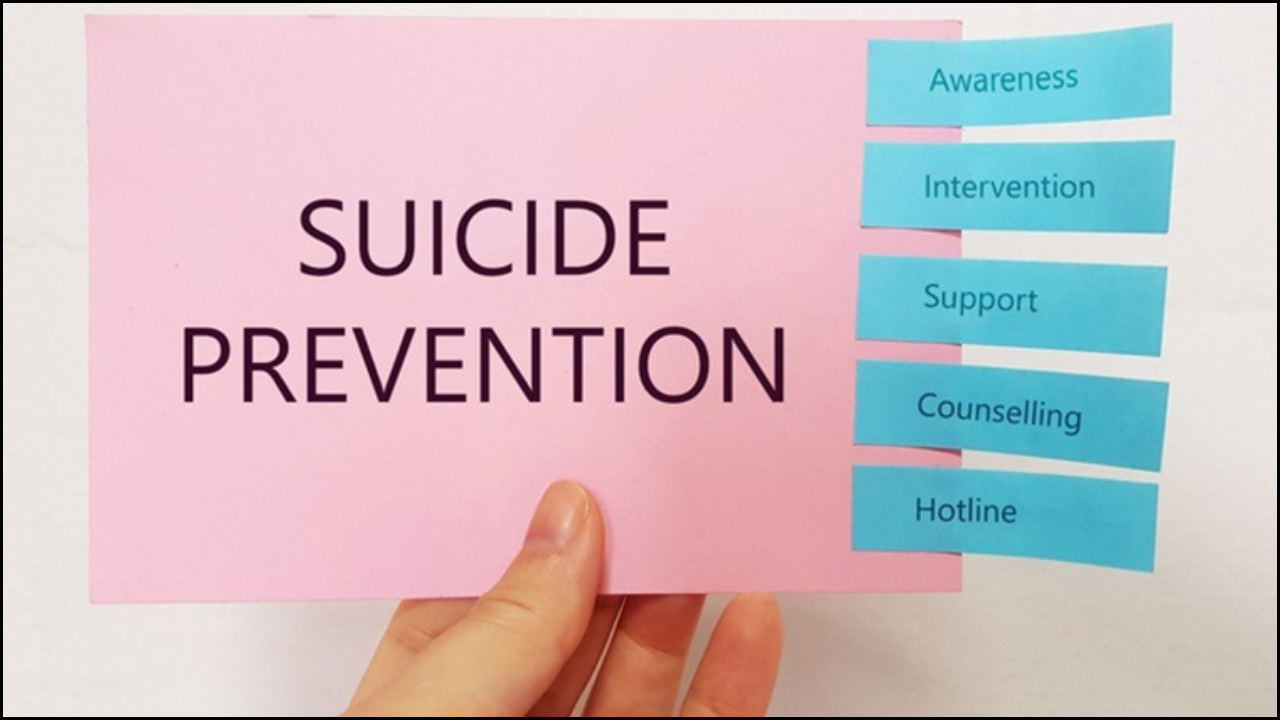
Suicide prevention begins with compassionate communication and timely support. Service CC emphasizes that a caring conversation can make a significant difference in saving a life. Recognizing warning signs, knowing what to say, and understanding available resources are essential steps for anyone who suspects a loved one, friend, or colleague may be suicidal. Through structured programs, educational materials, and emotional support services, Service CC helps individuals learn how to respond with empathy, confidence, and responsibility.
Table of Contents
Understanding the Importance of Early Intervention
- Early Detection: Identifying emotional distress or behavioral changes helps prevent escalation.
- Active Listening: Showing genuine care encourages individuals to open up.
- Timely Support: Immediate attention to warning signs can reduce risks and foster hope.
- Community Responsibility: Recognizing that suicide prevention is not only a professional task but a shared human duty.
Common Warning Signs of Suicidal Thoughts
- Withdrawal from Social Interaction: Avoidance of family, friends, and social events.
- Expressions of Hopelessness: Statements like “It doesn’t matter anymore” or “I can’t go on.”
- Changes in Behavior: Sudden mood swings, reckless actions, or loss of interest in usual activities.
- Physical Neglect: Poor hygiene, sleep issues, or loss of appetite.
- Preparation for Departure: Giving away personal belongings or saying goodbye indirectly.
Overview: Recognizing and Responding to Suicide Warning Signs
| Category | Warning Indicators | Recommended Actions |
|---|---|---|
| Emotional | Hopelessness, sadness, anxiety | Offer emotional support, encourage talking |
| Behavioral | Isolation, substance use, anger | Stay close, avoid judgment, ensure safety |
| Verbal | Talking about death or burdening others | Listen attentively, express care and concern |
| Physical | Fatigue, sleep disturbance, weight loss | Suggest a check-up, monitor well-being |
| Preparatory | Giving away belongings, goodbyes | Contact professional help immediately |
How to Start the Conversation
Service CC recommends approaching a potentially suicidal person with patience and empathy. The goal is not to provide solutions but to create a safe space for honest dialogue.
- Choose a Private, Calm Setting: Ensure the conversation happens in a comfortable, distraction-free place.
- Use Gentle and Open Questions: Ask, “How have you been feeling lately?” or “Are you thinking about hurting yourself?”
- Express Genuine Concern: Speak with sincerity, showing that you care about their safety.
- Avoid Judgmental Language: Do not dismiss their feelings or compare their pain to others.
- Be Prepared to Listen: Let them share without interruption; silence often provides comfort.
What to Avoid During the Conversation
- Do Not Minimize Feelings: Avoid saying “It’s not that bad” or “You’ll get over it.”
- Do Not Argue or Lecture: Debating their thoughts can increase guilt and resistance.
- Do Not Promise Secrecy: If someone is in danger, it’s essential to seek professional help.
- Do Not Leave Them Alone if at Immediate Risk: Stay with them until help arrives.
Effective Communication Techniques Promoted by Service CC
| Technique | Description | Outcome |
|---|---|---|
| Active Listening | Maintain eye contact, nod, and validate feelings | Builds trust and openness |
| Reflective Responses | Repeat or rephrase key feelings expressed | Confirms understanding |
| Empathy Statements | “I can see that you’re in a lot of pain.” | Encourages emotional release |
| Encouraging Dialogue | Ask follow-up questions gently | Promotes continuous sharing |
| Calming Presence | Maintain composed body language and tone | Reduces distress and panic |
Encouraging Professional Help
Service CC emphasizes the importance of professional intervention when someone shows suicidal tendencies.
- Refer to Trained Counselors: Service CC connects individuals to certified mental health professionals.
- Offer to Accompany Them: Going with them to an appointment reduces fear and hesitation.
- Provide Contact Information: Share helpline numbers, crisis centers, or community mental health offices.
- Follow Up Regularly: Continuous communication shows lasting care and concern.
Supportive Resources Provided by Service CC
- Crisis Helpline Services: 24-hour assistance for individuals in immediate distress.
- Family and Caregiver Workshops: Training sessions on identifying suicide risks and building supportive home environments.
- Online Support Groups: Safe virtual spaces for people to connect and share coping strategies.
- Educational Materials: Guides, articles, and videos on mental health awareness and suicide prevention.
- Community Outreach Programs: Events that encourage dialogue on emotional wellness and destigmatize mental health discussions.
Overview: Service CC Suicide Prevention Resources
| Resource | Purpose | Availability | Target Audience |
|---|---|---|---|
| Crisis Helpline | Immediate support during a suicidal crisis | 24/7 | Individuals in distress |
| Family Workshops | Educate families on suicide awareness | Monthly | Parents & Caregivers |
| Online Support Groups | Peer interaction & emotional sharing | Weekly | Community Members |
| Educational Materials | Knowledge on prevention and response | Continuous | General Public |
| Outreach Programs | Promoting mental wellness and awareness | Quarterly | Local Community |
Key Takeaways from Service CC Guidance
- Empathy Is Powerful: A single caring conversation can shift someone’s perspective.
- Listening Saves Lives: Allowing a person to speak freely can reduce emotional burden.
- Action Prevents Tragedy: Seeking professional help early can prevent harm.
- Community Matters: Support from families, friends, and organizations like Service CC strengthens safety networks.
- Education Builds Confidence: Learning how to approach sensitive topics prepares people to act effectively.
In Summary
Suicide prevention requires compassion, awareness, and timely action. Service CC’s guidance empowers individuals to recognize the signs of distress, communicate with empathy, and connect those in need to appropriate resources. Conversations rooted in understanding and care can break the silence surrounding mental health struggles. When families, caregivers, and communities unite under a shared commitment to empathy and support, lives can be saved and hope can be restored.





